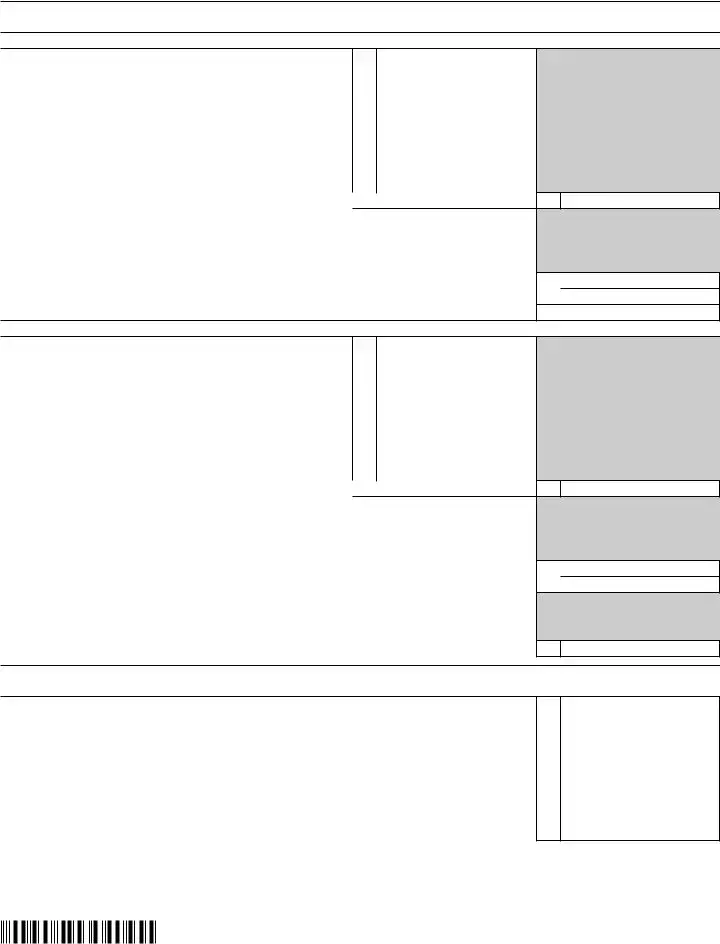The New York IT-2659 form is a critical document for partnerships and New York S corporations that need to address the estimated tax penalties associated with underpayment or nonpayment of taxes owed on behalf of partners and shareholders. This form is specifically designed for entities that have nonresident individuals or corporations as partners or shareholders, ensuring that the correct estimated tax amounts are calculated and reported. It includes essential sections for identifying the legal name, trade name, and address of the business, as well as the employer identification number. Entities must indicate their type—either a partnership or an S corporation—by marking the appropriate box. The form also provides detailed schedules (A through D) to compute any penalties incurred due to underpayment, requiring filers to input various financial figures related to income, deductions, and credits. Additionally, there are specific instructions for payment submission, including where to mail the completed form and payment. Filing deadlines are crucial; the IT-2659 must be submitted by April 15 of the following year or by the due date of the entity’s tax return, whichever is later. Timely and accurate completion of this form is essential to avoid penalties and ensure compliance with New York State tax regulations.




